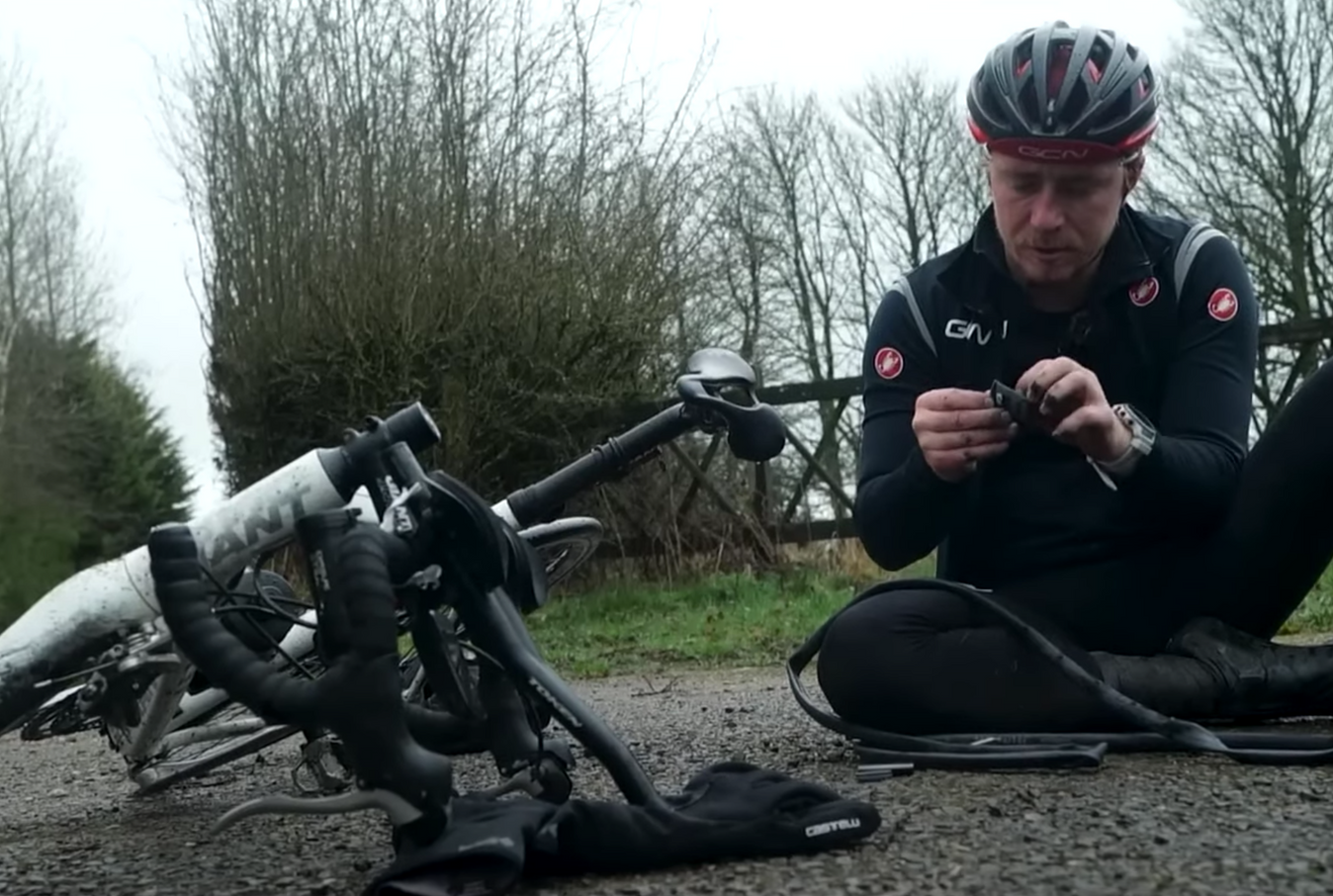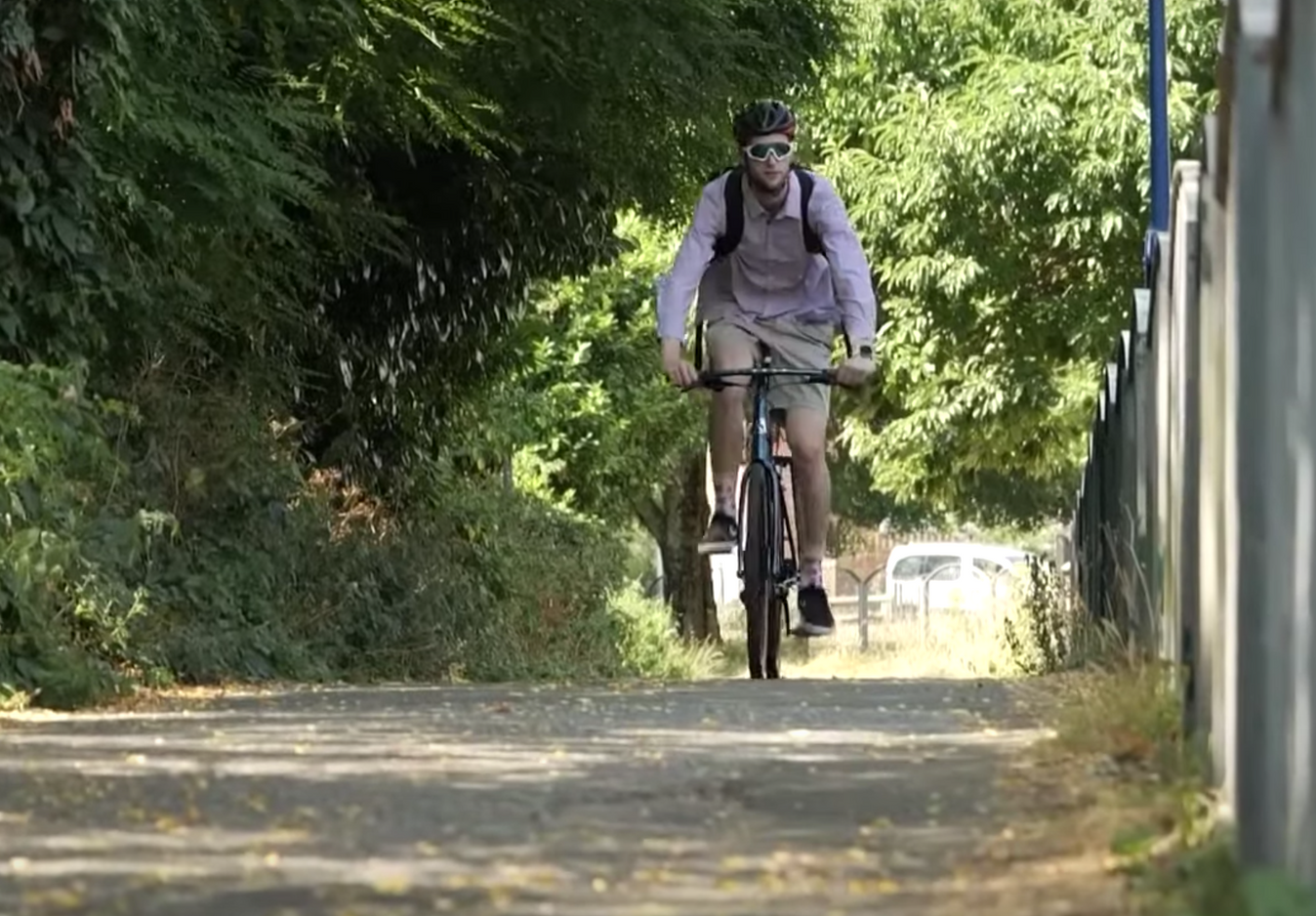Tubed vs tubeless tyres: when is an inner tube better?
From beginners to commuters, many cyclists can still benefit from a traditional tubed set-up
Tom Hallam-Gravells
Online Production Editor
Tubeless versus tubed set-ups. It’s one of cycling’s greatest debates, discussed on group rides around the world. Despite its now infamous reputation, the topic is still a fairly new one, with tubeless technology only making the migration across to road cycling in the last twenty years.
During that time, the tech has surged in popularity and is now widely used by pro cyclists and amateur riders alike, gaining a cult-like following in certain quarters as fans vow never to return to the dark days of inner tubes.
Read more: Complete guide to road cycling tyres
While we don’t want to burst the tubeless bubble (we’re big fans too), there are still situations when the humble inner tube is the best option. Here’s when we think a traditional tubed set-up trumps the tubeless alternative.
Ease of use for beginners

© GCN
It's easier and less messy to fix an inner tube puncture
When starting out, the process of setting up a clincher tyre is simpler, compared to the added complexity of completing a tubeless set-up. That simplicity also translates to fixing a puncture, something that is much more messy for a tubeless set-up - unless you use tubeless plugs, but they’re another added layer of complexity for a beginner to contend with.
For beginners, it’s best to keep things as simple as possible, and for tyres that means using a tubed set-up.
Read more: Everything you need to know about tubeless tyre maintenance
Traditionalists who shun tubeless
Cycling tech has developed a lot over the last ten years, but not everyone is a fan of the latest developments. There’s still a strong core of traditionalists in the cycling world who resent modern trends, choosing to cling to older and more traditional forms of tech - for example, people who favour rim brakes over disc brakes (we won’t stir that debate on this occasion).
Read more: The huge problem with modern tyres and wheels
In line with this anti-modern stance, traditionalists refute any idea of switching to a tubeless set-up, sticking loyally to the inner tubes that have never let them down - and we think that’s great! Just because there’s a trend, it doesn’t mean you should follow it. Ultimately, the best tech is whatever you like and feel most comfortable using. So, to you traditionalists out there, stay loyal to the inner tube!
Efficiency for commuters

© GCN
Inner tubes are a hassle-free option for commuters
Next up, commuters. When you’re riding to and from work every day, or even a few days a week, you don’t want any hassle. You just want to jump on your bike with minimum effort and get to work or home with zero fuss.
For that, there’s only one answer: the inner tube. Sure, a tubeless set-up will offer added puncture protection on pot-holed commuter roads, but you’ll constantly have to check the tyre pressure and semi-regularly change the sealant, which can get quite annoying.
We’d always recommend using a clincher tyre packed with lots of puncture protection, like the Pirelli Cinturato, and pairing it with a thick butyl inner tube. It won’t offer the same performance benefits as a tubeless set-up, but that doesn’t really matter on a commute.
Read more: What’s the best bike for your commute to work?
For holidays or events

© GCN
Simplify your cycling holiday by using inner tubes
If you have a holiday or event planned which involves travelling on a plane, opt for inner tubes - it’ll make your life much easier. While you can travel with tubeless tyres set up, it’ll be an absolute nightmare if they leak.
Tubeless tyres also require more spares too, like a high-pressure floor pump or CO2 canisters for if the tyre unseats from the rim. If you can’t reseat a tyre, you’ll just end up using inner tubes anyway, so why not make things simpler in the first place and swap to inner tubes for your holiday? You can always change back to a tubeless set-up once you return.
Read more: Butyl vs latex vs TPU: what are the best inner tubes for cycling?
Ultra-endurance cyclists
If you’re an ultra-endurance cyclist who competes in multi-day events, you may want to steer clear of a tubeless set-up. This is because tubeless set-ups leak small amounts of air and you may end up having to top up the tyre pressure each day. Ultra-endurance events are already challenging enough without throwing in these extra little things to think about. By comparison, butyl and TPU inner tubes retain air for much longer.
Considering the distances they cover, ultra endurance cyclists are also likely to run into the odd mechanical issue. In terms of tyres, as we’ve covered earlier, it’s much easier and less messy to replace a punctured tubed set-up than it is a tubeless tyre.
Which tyre set-up do you use? Let us know in the comments.
For more tech news, advice and features, head over to the tech section on the GCN website, linked here.








.jpg?w=600&auto=format)



